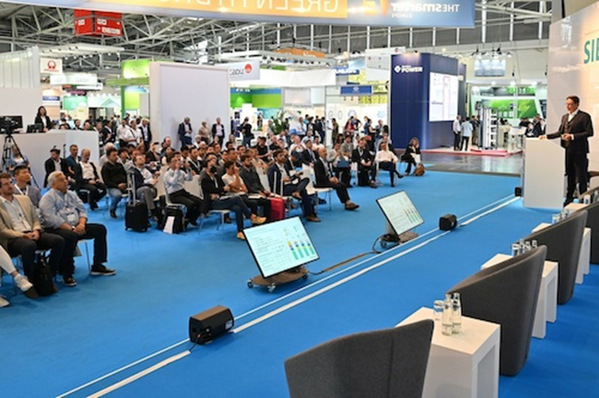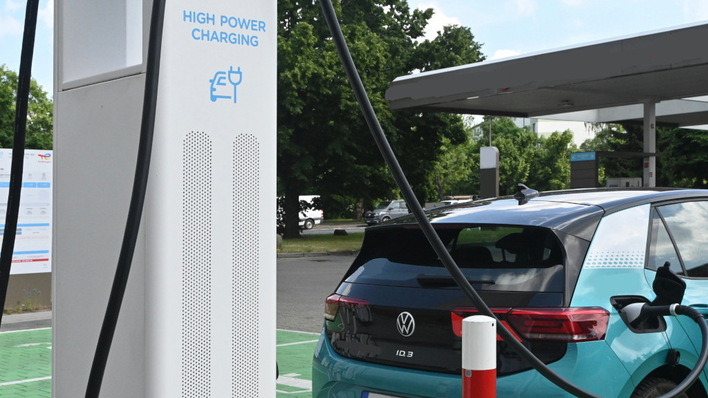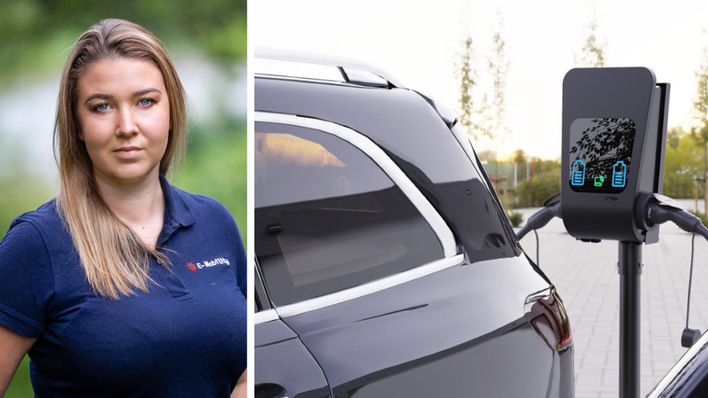The energy service providers EW Höfe and Alpiq are building a hydrogen production plant in Switzerland together with the filling station operator Socar Energy Switzerland. The plant is being built in Freienbach in the canton of Schwyz and will have an output of ten megawatts. The electrolysis plant will go into operation at the end of 2022 and thereafter produce 1,000 to 1,200 tonnes of hydrogen per year for emission-free mobility.
See also: Switzerland falls short of CO2 emissions targets
In addition, the project partners want to feed the waste heat into the regional district heating network in Freienbach, which Energie Ausserschwyz is currently building. The heat produced during electrolysis can supply up to 1,300 households in the districts of Höfe, and March. This will also increase the overall efficiency of the plant.
Direct line to neighbouring filling station planned
The hydrogen will be produced in Freienbach in a grid-connected manner exclusively with electricity from renewable sources. It is to be used primarily for mobility. The project partners have their sights set on heavy goods traffic and other areas where battery-electric drives are not a satisfactory solution. In purely mathematical terms, the hydrogen produced annually can supply about 200 fuel-cell-powered trucks. To this end, the hydrogen produced in the electrolysis plant is transported via a pipeline from the production facility in the former EW Höfe substation directly to the two neighbouring Fuchsberg motorway filling stations operated by Socar Energy Switzerland.
Filling plant for onward transport
At the same time, the project partners are building a filling plant at the motorway filling stations. This will enable the hydrogen not refuelled there to be delivered to other filling stations in Switzerland. These hydrogen filling stations, in turn, are currently being built as part of a cross-sector hydrogen mobility system being implemented by Hydospeicher, Hyundai Hydogen Mobility and the Förderverein H2 Mobiltät Schweiz. Thanks to the direct line from the electrolysis plant to the filling station and the filling plant directly on the site of the motorway service station, no additional traffic is caused in the neighbouring villages.
Feeding into the gas grid in sight
In addition, the project partners are examining the admixture of hydrogen into the existing gas distribution network of EW Höfe. After all, the existing gas grid offers an ideal infrastructure for bringing surplus renewable energy into the heating market via hydrogen production. (su/mfo)
Also interesting: Pilot project for green hydrogen in the Netherlands







